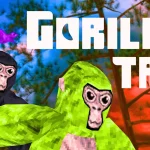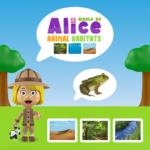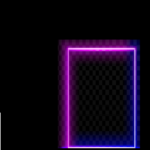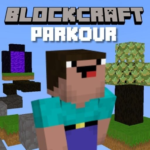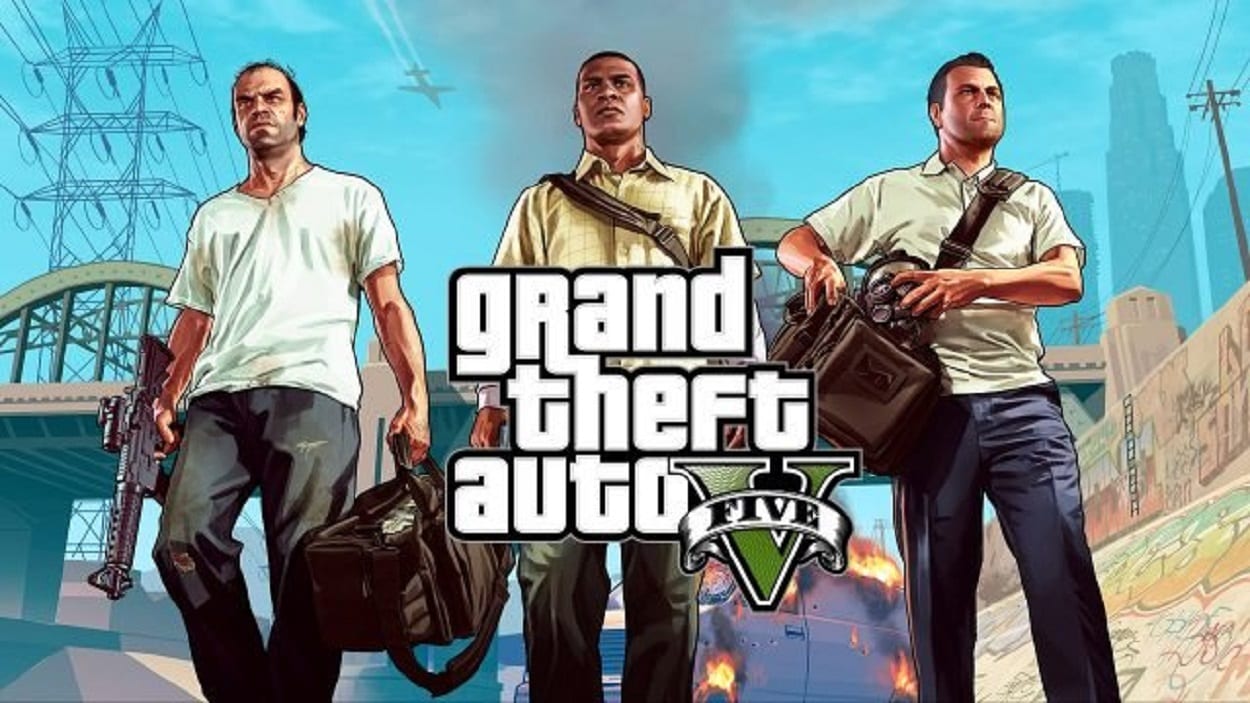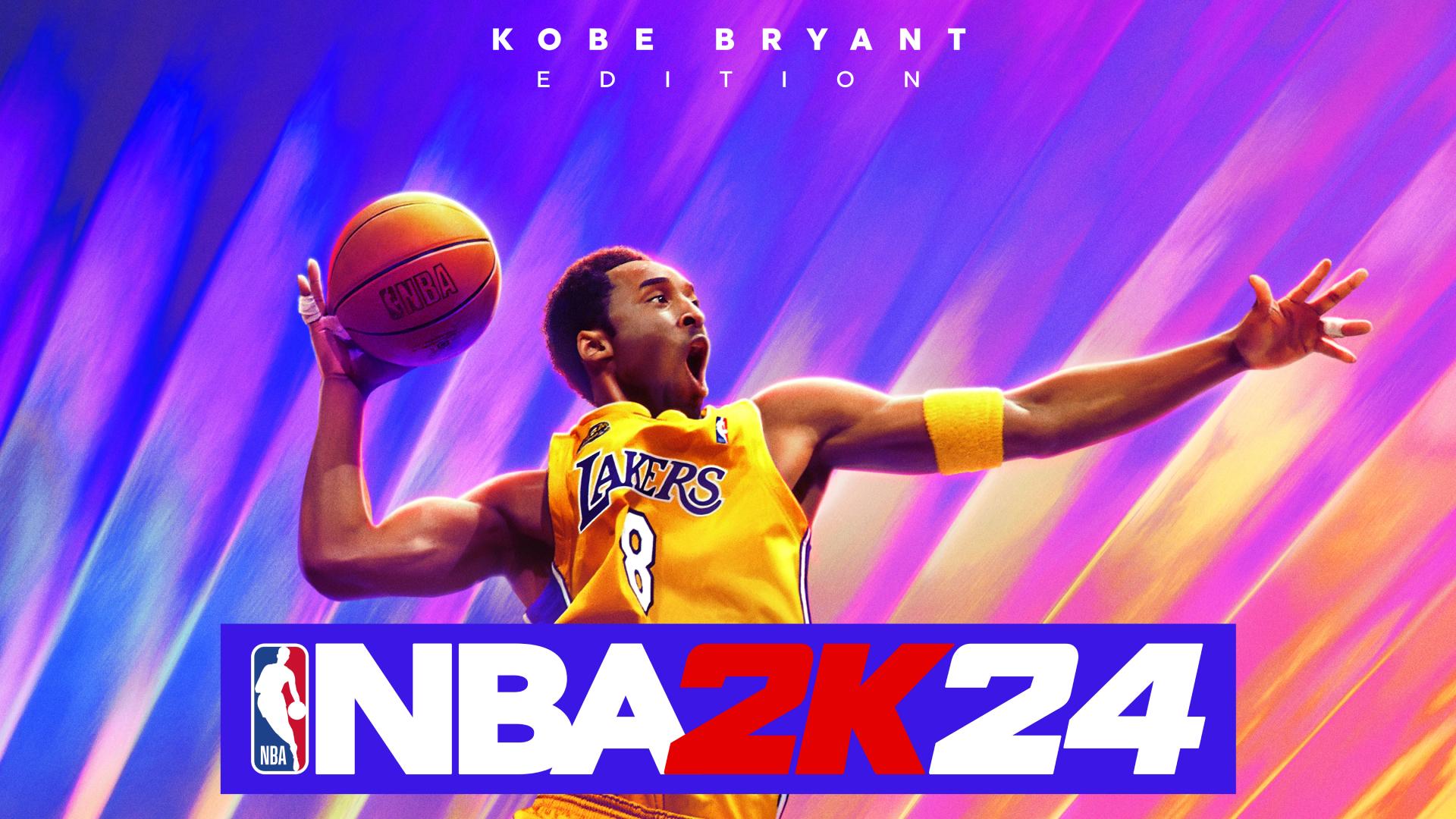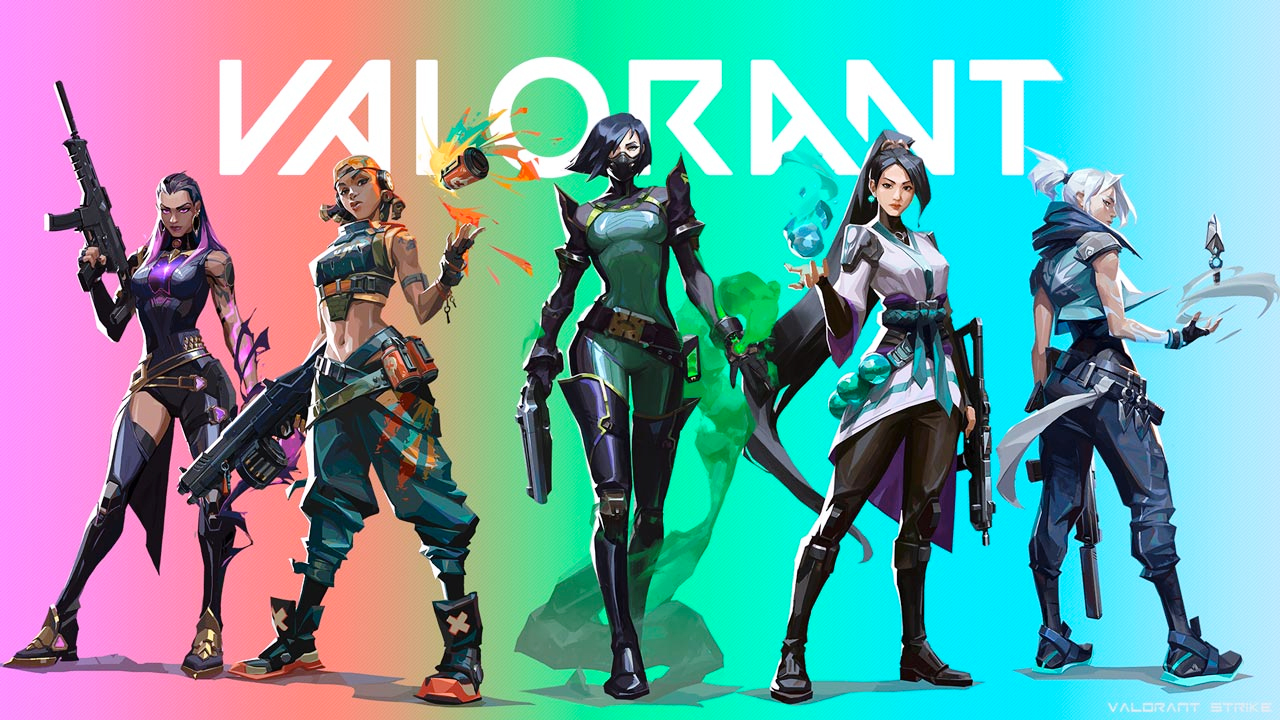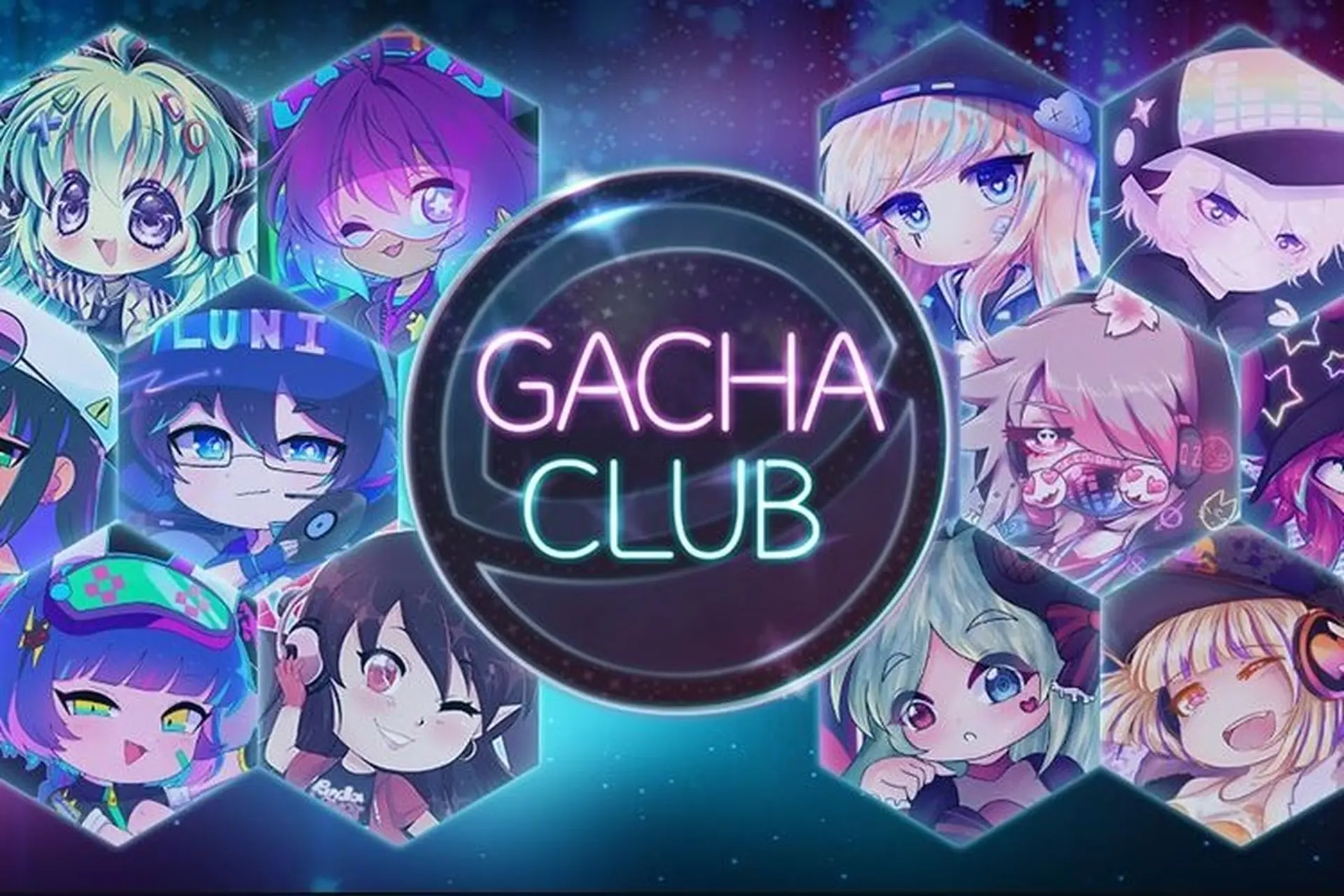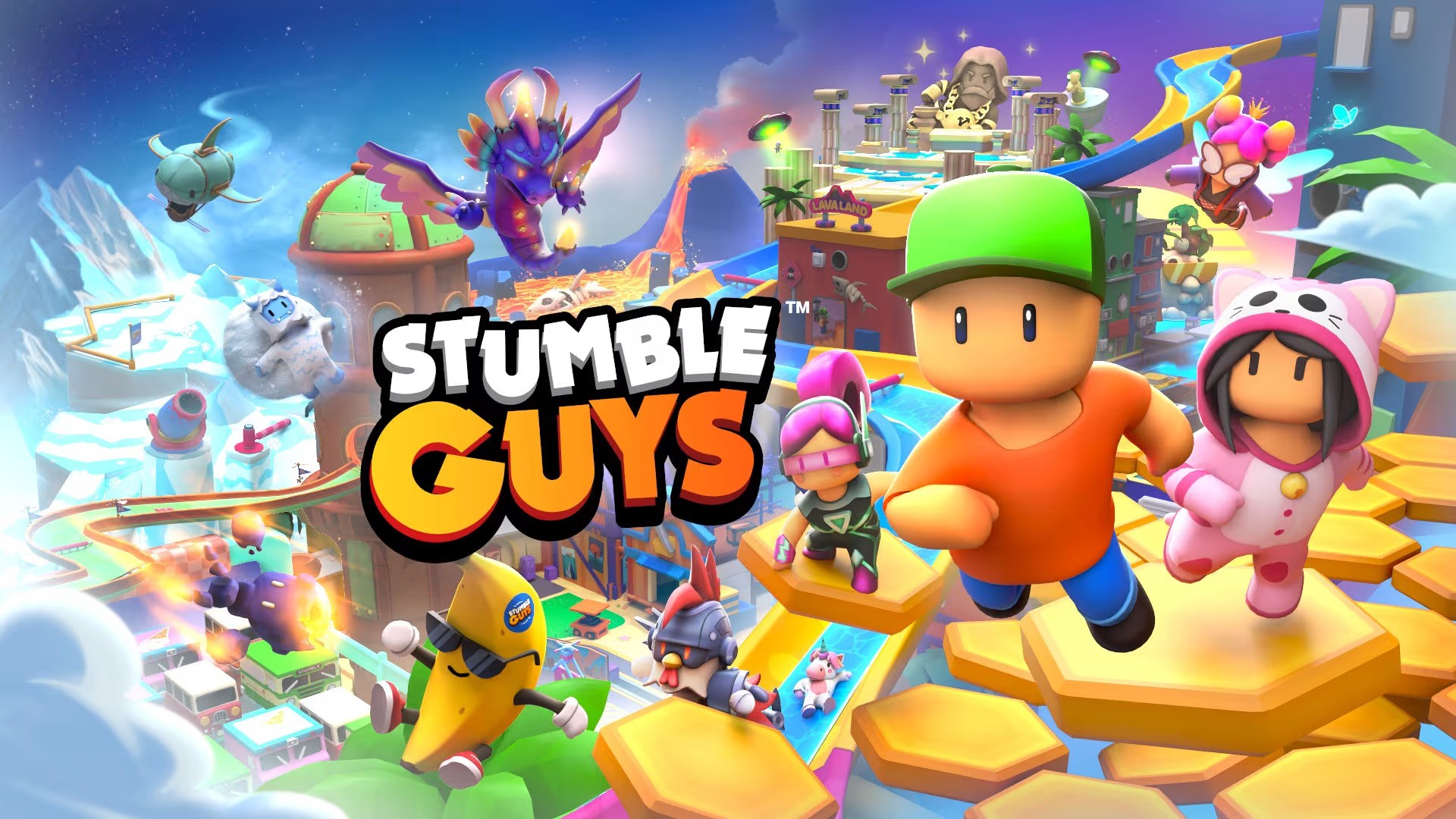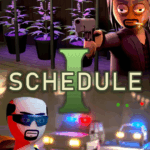VR CHAT – A NEW FRONTIER OF SOCIAL GAMING AND DIGITAL IDENTITY
Introduction: More Than Just a Game
VR Chat is not merely a game—it's a boundless virtual universe where you can be anything, go anywhere, and meet anyone. Originally launched in 2014 and gaining massive popularity during the VR boom of the late 2010s, VR Chat allows players to interact in user-generated 3D worlds using fully customizable avatars.
Whether you’re on a PC or using a VR headset, VR Chat provides a unique space for socializing, performing, roleplaying, or simply exploring surreal digital environments. It's a platform that breaks the boundaries of traditional multiplayer gaming and evolves with the creativity of its community.
Getting Started: Access and Platform Support
One of VR Chat’s strengths is accessibility. Although designed with virtual reality in mind, the game is fully playable on desktop for users without a VR headset.
It supports a wide range of platforms, including:
-
Steam (PC)
-
Oculus Quest
-
Viveport
-
Windows desktop (non-VR)
Setting up is simple: download the app, create a user profile, and you’re instantly dropped into a vibrant hub of activity. From there, you can join thousands of user-created worlds with just a few clicks.
The cross-platform compatibility means users from different devices can interact in real time, breaking down hardware barriers and encouraging a diverse player base.
Custom Avatars and Self-Expression
Perhaps the most iconic feature of VR Chat is the ability to customize your avatar. Users can choose from a massive library of existing characters or upload their own models using Unity and VRM/SDK tools.
This level of personalization means you can be:
-
A photorealistic human
-
An anime character
-
A robot, alien, or animal
-
A walking soda can, meme, or anything imaginable
This freedom turns the platform into a powerful tool for identity exploration. Many users experiment with how they express themselves, presenting different gender identities, styles, and personas. In VR Chat, your identity is fluid, performative, and deeply personal.
Worlds Without Limits: Creativity and Exploration
The universe of VR Chat is composed of thousands of user-created worlds, each with its own style, rules, and purpose. These range from:
-
Cozy cafés and nightclubs
-
Futuristic sci-fi environments
-
Japanese shrines and temples
-
Game-show arenas and escape rooms
-
Massive art galleries and educational zones
You can teleport from a relaxing beach to a high-speed obstacle course or join an 80s-themed dance floor within seconds.
World-building is facilitated through Unity and VR Chat’s SDK, allowing creative users to bring nearly any idea to life. This endless variety ensures no two sessions are ever the same.
Communication and Interaction
VR Chat supports both voice and text chat, but most users prefer voice communication. In VR mode, users can gesture, nod, or wave using motion tracking, which adds emotional depth and realism to conversations.
You can:
-
Make eye contact using full-face tracking
-
Use hand gestures with VR controllers
-
Emote using custom animations
-
Sit, dance, or interact with objects
In VR, these actions feel natural, creating a level of presence unmatched by traditional chat platforms. Desktop users, while slightly more limited, can still communicate effectively using keyboard and mouse inputs.
Social Communities and Roleplay
What makes VR Chat special is its thriving communities. These aren't just random chatrooms—they're highly organized subcultures with shared norms, events, and even internal economies.
Popular communities include:
-
Furries, who design anthropomorphic avatars and worlds
-
Anime fans, who roleplay using anime-style characters
-
Clubs and DJs, hosting live concerts and parties
-
Gamers, playing minigames like murder mystery or capture the flag
-
LGBTQ+ groups, using the platform for identity exploration and safe-space interaction
Events like talent shows, weddings, birthday parties, and live performances are regular occurrences. For many, VR Chat has become a second home where long-lasting friendships are formed.
Entertainment and Content Creation
With the rise of streaming platforms like Twitch and YouTube, VR Chat has become a hotspot for content creators. Its unpredictable nature and eccentric characters make for great unscripted entertainment.
Famous creators like:
-
CodeMiko
-
The Virtual Reality Show
-
VRChat Funny Moments
-
Zentreya (VTuber)
have built large followings through immersive storytelling, comedy, interviews, and chaotic group antics inside the VR Chat universe.
Content creators often use full-body tracking, custom avatars, and voice modulation to enhance their characters. This pushes the boundaries of virtual performance and digital theater.
Full-Body Tracking and Advanced Features
For users with high-end VR setups, VR Chat offers advanced features like:
-
Full-body tracking with Vive Trackers
-
Eye and lip tracking for natural expressions
-
Haptic feedback suits
-
Dynamic bone physics for realistic hair and clothing movement
These technologies increase immersion, allowing users to dance, perform martial arts, or mimic real-world movements.
While not required, these enhancements elevate the experience for serious roleplayers, dancers, and streamers looking for maximum embodiment in the virtual world.
VR Chat for Therapy, Education, and Beyond
Beyond socializing and entertainment, VR Chat is increasingly being used in professional and academic settings.
Therapists are using VR Chat for exposure therapy and social skills development, especially for individuals with autism or social anxiety. The platform’s anonymity and avatar system provide a layer of safety and control that can’t be found in face-to-face interactions.
Educators and researchers have built virtual classrooms, science museums, and language exchange spaces. Medical schools have even experimented with anatomy models inside VR Chat to teach human biology.
This opens new avenues for digital learning and mental health support, far beyond traditional game mechanics.
Security, Moderation, and Controversy
With great freedom comes great responsibility—and VR Chat has faced criticism for its moderation tools and content safety.
Concerns include:
-
Harassment or trolling in public worlds
-
Inappropriate avatars or behavior
-
Young users exposed to adult content
-
Privacy and data concerns
In response, VR Chat has implemented features like:
-
Safe Zones
-
User blocking and muting
-
Ranked trust systems
-
Community moderation
Still, the platform remains largely open-ended, relying on users to curate their experience. Private worlds, friend-only sessions, and mature filters help mitigate these risks.
Evolving Roadmap and Future Potential
VR Chat continues to grow, with an ambitious development roadmap that includes:
-
Improved graphics and shaders
-
Support for hand tracking without controllers
-
Enhanced creator tools and monetization options
-
Built-in streaming support
-
VR Chat Mobile (in development)
Its community-driven model ensures that growth is decentralized and organic. Developers provide the canvas—players provide the art.
Looking ahead, VR Chat could become the foundation of a future metaverse, where social media, gaming, and daily life intersect in virtual form.
Conclusion
VR Chat is a digital playground, a theater stage, a social hub, and a personal escape all rolled into one. It’s a testament to what user-generated content can achieve when given the right tools and a limitless environment.
Unlike most games with linear goals, VR Chat offers a space where creativity, connection, and curiosity guide the experience. Whether you're making friends, hosting a show, dancing in full-body VR, or just people-watching, the possibilities are endless.
For many, VR Chat is not just a place to visit—it’s a place to belong.

